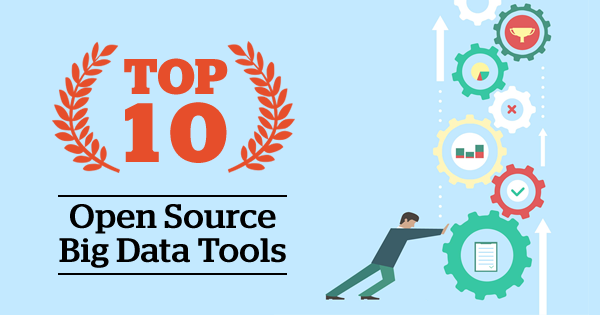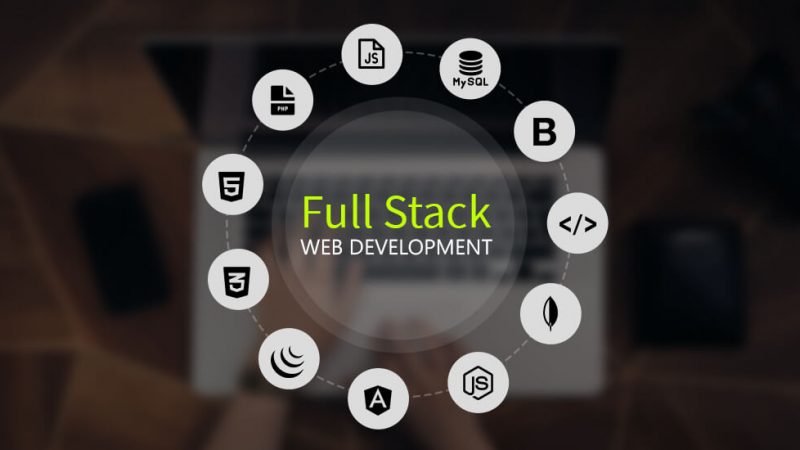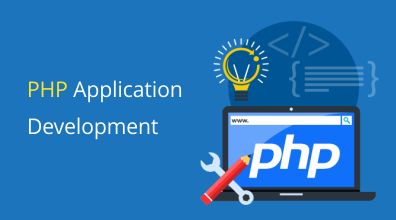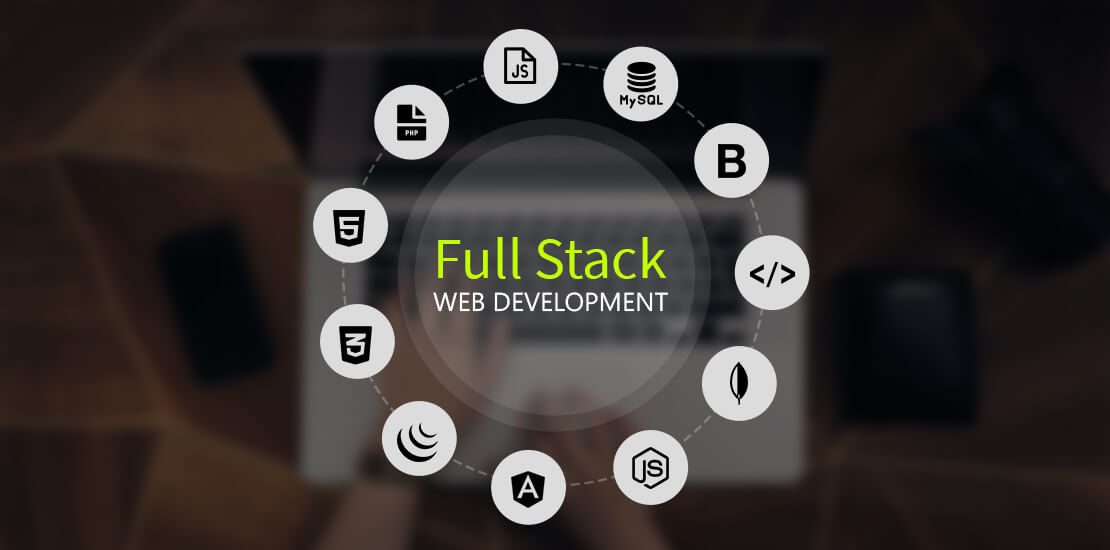There are over 1.9 billion active websites on the Internet. Business owners realize that appealing to modern consumers is only possible with an online presence. This presence can be created with tools like websites or apps. Getting these tools constructed is only possible when using reputable and experienced developers.
Most business owners fail to realize there are different types of web developers out there. Understanding what makes these developers different can help an individual hire the best one to fit their needs.
The following are some of the things you need to know about the difference between a front-end, a back-end and a full-stack developer.
A Front-End Developer Focuses on the Visual Aspects of a Website
The first thing you will notice when logging onto a particular website is how it looks. Designing the visible parts of a website is the main job of a front-end developer. These developers also oversee how a particular website interacts with various browsers used by consumers. A front-end developer uses a number of tools and programming languages to bring a website to life.
HTML is the Backbone of the Internet
While most people have heard of hypertext markup language or HTML for short, many individuals don’t know what it is used for. Nearly all of the websites you visit online are made with HTML. In short, HTML takes care of all of the content and structure a website needs to operate correctly.
CSS Controls the Look of the Website
Once the basic HTML infrastructure is in place, front end developers will use cascading style sheets or CSS to create a unique look for the site. With the power of CSS, developers are able to control the background images, colors and fonts used on a website. In the past, front-end developers would only use HTML and CSS to complete a website.
However, modern front-end developers use JavaScript to create more interactivity and complex animations for websites. With the power of JavaScript, front-end developers are able to create content that engages and entertains consumers.
The interactivity Factor
The key component of a successful website or web-based app is interactivity and responsiveness. Modern consumers want to post content to their favorite website or ask questions to a business via online chat. The only way to provide consumers with this level of interactivity is by working with a knowledgeable front-end developer.
The developer will use JavaScript and a variety of frameworks like VueJS to bring your vision of an interactive website to life.
The Nuts and Bolts of a Website are Built By the Back-End Developer
While the front-end developer handles all of the visible parts of the website, a back-end developer focuses on the rarely seen aspects of the website. The backend is basically the part that powers what the user sees. It is the part that stores all data provided by the user and then retrieves it, processes it and then displays it when it is needed. This data can come from a database or be fetched from some third party service.
In order to do their job, a back-end developer has to use a number of programming languages like PHP, Python and Ruby.
Most Clients Want a Particular Programming Language
Business owners and entrepreneurs in need of a back-end developer will usually want them proficient in one programming language. For years, Python has been one of the most popular and widely used languages for the development of back-end website infrastructure.
Recently, even JavaScript is being used on the backend to power websites using NodeJS frameworks such as ExpressJS. This comes with many advantages like easy scalability and the fact that some developers can easily be competent Full Stack developers since they only have to use the same language (JavaScript) on both the frontend and the backend. This saves them the time, and business owners the investment of learning an additional language for the backend.
Back-End and Front-End Developers Work Together
One of the biggest concerns a back-end developer has is making sure their code provides functionality to a website or app. The only way to find and correct issues during this development process is by working closely with front-end developers.
In some cases, these developers will work together to create a Voronoi diagram. These diagrams help them visualize the data being used in the program, which allows them to avoid overloading the infrastructure.
With the right code implementation, back-end developers are able to receive data from the user. This code is developed using a server-side programming language. Storing this data is essential when trying to get to consumers better or make using a website easier for them.
Source-Pexels
A Full-Stack Developer is the Best of Both Worlds
In short, a full-stack developer is an individual who works on both front-end and back-end development. Generally, a full-stack developer will work on building a site’s user interface or even the databases. In some instances, these developers will work hand in hand with the client to ensure they fully grasp what their needs are.
The Skills a Full-Stack Developer Needs
Being a successful full-stack developer will require a person to have skills like:
- An in-depth understanding of JavaScript, HTML and CSS.
- Being proficient in a backend language like Python, PHP, etc is a must.
- Attention to detail and the ability to manage a team of developers is a plus.
As you can see, a full-stack developer has to be extremely experienced and hardworking to be successful in this role.
Continuously Learning New Skills is a Must For a New Developer
Having success in the world of web development is no easy task. A person will have to focus on honing their existing skills and learning new ones to stay competitive in this industry.








